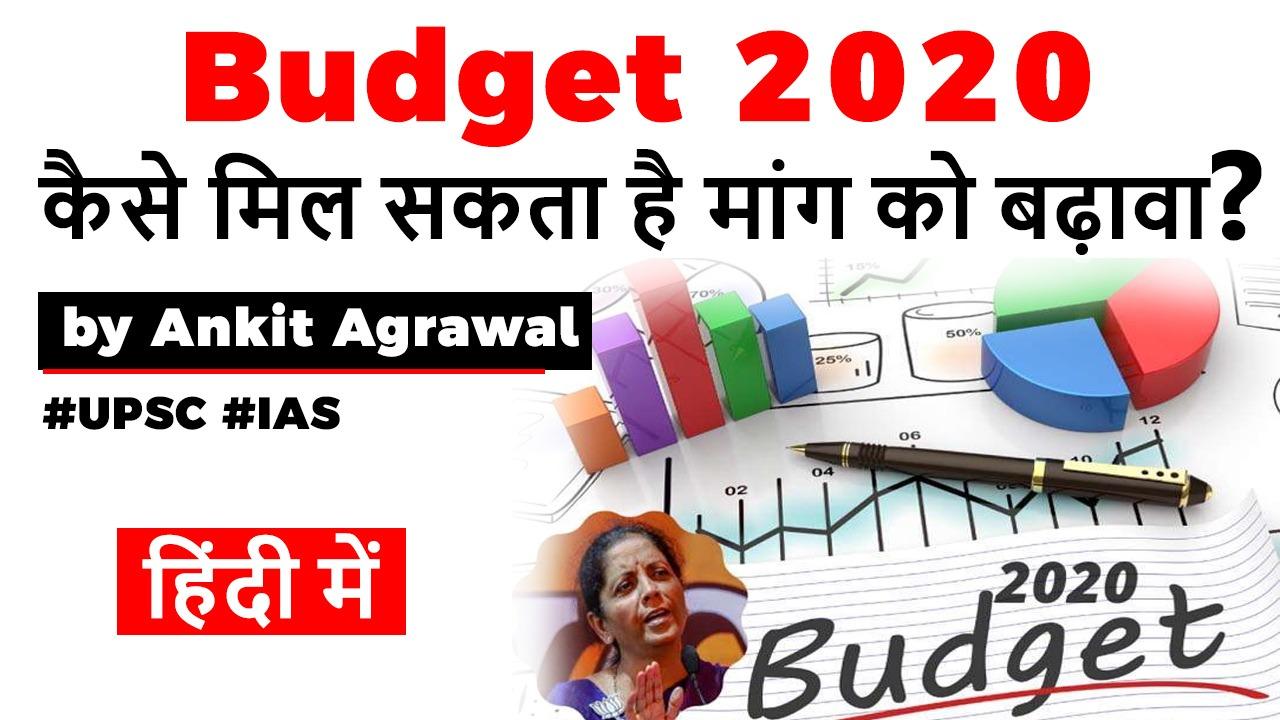Table of Contents
INTRODUCTION
- India is going through no ordinary economic turbulence.
- As Finance Minister Nirmala Sitharaman rises to present the Union budget on February 1,
- There is little elbow room, fiscally, for any audacious act.
3 MOST IMPORTANT PROBLEM IN ECONOMY
- Consumer demand is lackluster.
- Tax collection is modest.
- Estimated GDP growth for 2019-20 is 5%, an 11-year low.
FISCAL DEFICIT
- FM can loosen the purse strings by relaxing the fiscal deficit target by half a percentage point.
- Most economists seem to be okay with it If newly managed resources are spent in the infrastructure sector, and more so in small-ticket rural ventures.
TAX REFORMS
- Introduction of long-pending reforms on the direct tax code.
- The simplification of the goods and services tax (GST).
MORE LIQUIDITY
- The government must focus on putting money in the hands of the masses.
- PM-KISAN, for example, is yet to be implemented in full.
PUSH FOR LABOUR-INTENSIVE
- There should be a push for labour-intensive industries such as- construction, housing, road-building and irrigation.
- These will trigger immediate consumption.
CREDIT ROLLOVER
- One-time rollover of bank credit, to ease the liquidity pressure on India Inc.
- Like the one the central bank allowed in 2008.
- Otherwise, a lot of companies will enter crisis mode.
DISINVESTMENT TARGET
- Government should ensure that most of the ongoing strategic sale of public sector enterprises is completed by March 31, 2020.
- Zero sale in 2019-20 will again dent the credibility of the government, whatever be the reason given to justify the delay.
STRUCTURAL REFORMS
- Undertaking difficult and bolder reforms of land, labour, regulations, governance and the public sector.
- This will not only help in reducing the cost and improving the ease of doing business in India
- But also unleash India’s economic potential in future.
Latest Burning Issues | Free PDF






















 WhatsApp
WhatsApp